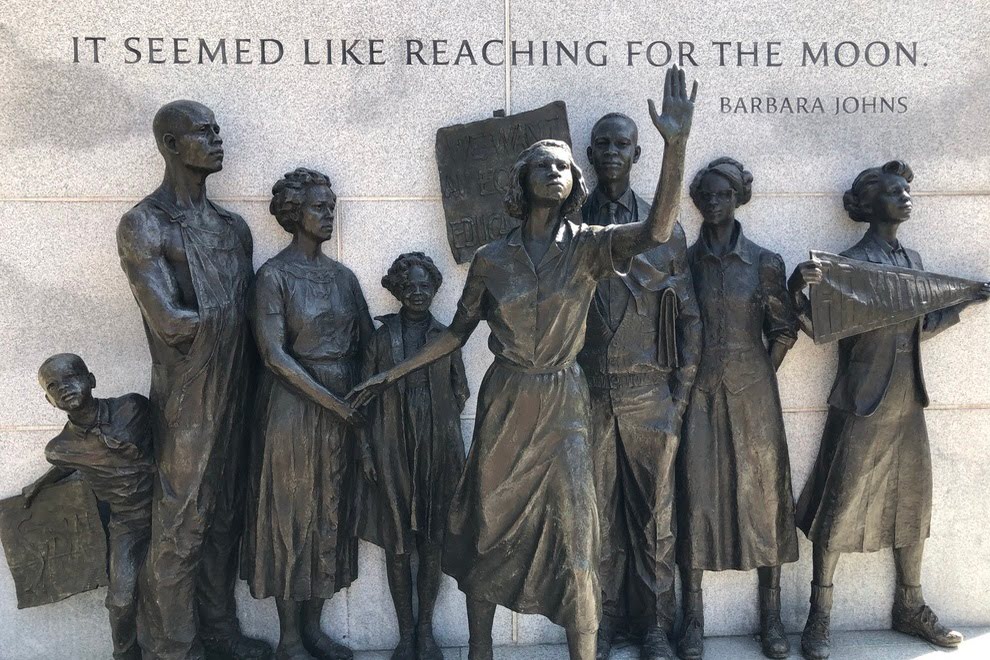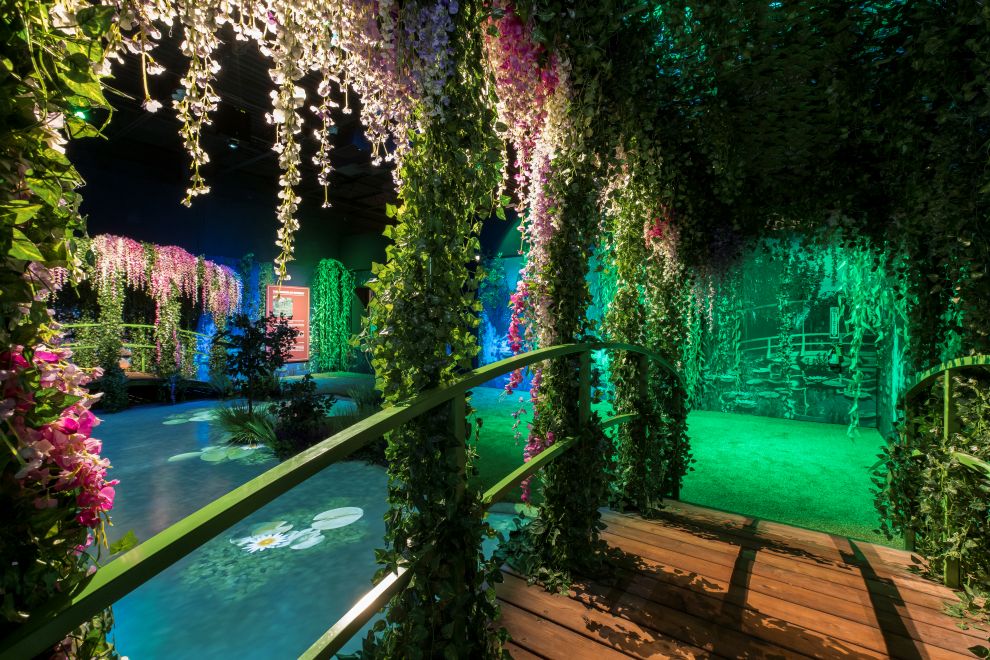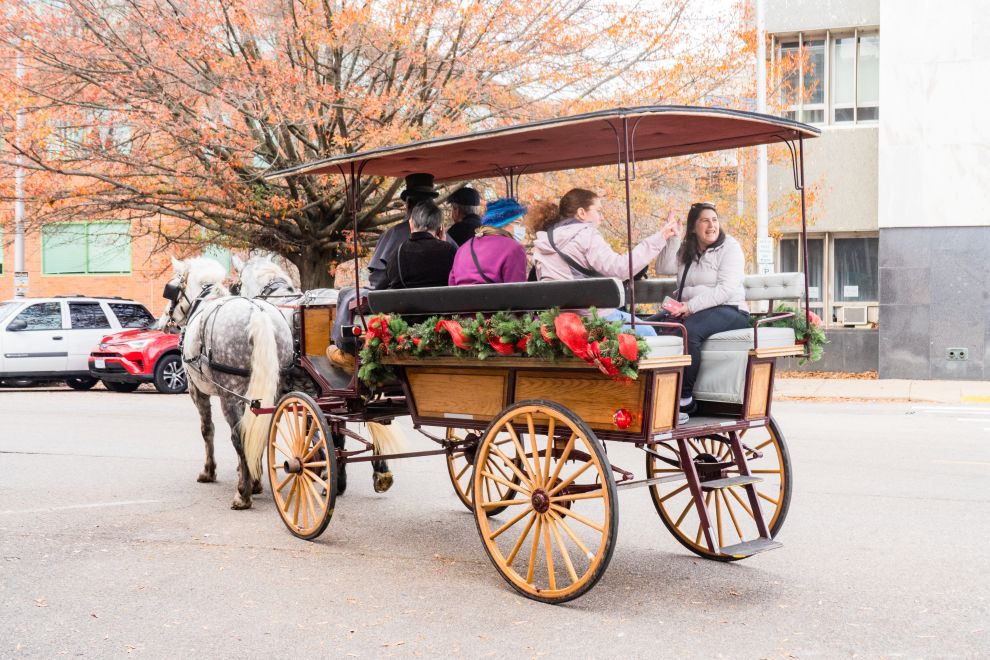February is Black History Month, and there are so many ways to celebrate the accomplishments of those who’ve contributed to the story of our nation, and particularly our region. To learn about and honor these incredible individuals, read about them and then visit the following places right here in Richmond.
Black History Museum and Cultural Center
The Black History Museum and Cultural Center seeks to become a permanent repository for visual, oral and written records and artifacts commemorating the lives and accomplishments of Black Virginians and the many facets of Black history through exhibitions, discussions and celebrations.
Arthur Ashe Mural
Head to Battery Park to visit Ashe’s mural, which will lead to conversation about the world tennis champion and human rights activist’s life and legacy. While here, take the opportunity to play tennis where Ashe (1943-1993) actually learned to play. Then, head to Monument Avenue to check out the Arthur Ashe statue at the intersection of Roseneath Ave. Extend your outing by visiting Virginia Museum of History and Culture, where you can see Ashe’s tennis racket.
Maggie L. Walker Historic Site
Walker (1864-1934) was a businesswoman, teacher and the first African-American woman to charter a bank and serve as its president in the United States. As a leader, Walker achieved successes with the vision to make tangible improvements in the way of life for African Americans has a Junior Ranger program for children to complete virtually. After completion, children receive a Junior Ranger badge. The National Historic Site offers a podcast, so families can take a walking tour of Jackson Ward while listening. Be sure to see Maggie’s statue as part of your tour.
Robert Russa Moton Museum
Located in Farmville, this National Historic Site was where a group of courageous students led by Barbara Johns fought for equal rights. Ultimately, their case was one of the five to make up Brown v. Board of Education of Topeka, which ruled segregation in public education unconstitutional. It’s both powerful and relatable to teach children about Johns, as she was a teenager who affected change in her community, and eventually our nation. Another idea is to take a walking tour of Capitol Square where you can see the statue of Barbara Johns and her community.





